Freelancing is a form of self-employment that allows you to work on projects that suit your skills, interests, and schedule. Freelancing can offer you many benefits, such as flexibility, autonomy, creativity, and income potential. However, freelancing also comes with its own challenges, such as finding clients, managing projects, handling finances, and staying productive.
If you are interested in starting your own freelancing business, this guide will provide you with some essential steps and tips to help you succeed. Whether you are a beginner or an experienced freelancer, this guide will help you:
– Assess your skills and niches
– Build a portfolio
– Set up an online presence
– Establish pricing and payment methods
– Understand legal and financial considerations
– Market and network yourself
– Manage your time and productivity
– Handle client relationships
– Scale and grow your business
– Overcome challenges and pitfalls
Assessing Skills and Niches

The first step to starting your freelancing business is to assess your skills and niches. You need to identify what you are good at, what you enjoy doing, and what the market needs. Here are some questions to ask yourself:
– What are your core skills and competencies?
– What are your personal strengths and weaknesses?
– What are your passions and interests?
– What are the problems or needs that you can solve or fulfill?
– What are the trends and opportunities in your industry or field?
Once you have a clear idea of your skills and niches, you need to research and choose a freelancing niche that matches your profile. A niche is a specific segment of the market that has a distinct demand for your services. Choosing a niche can help you:
– Stand out from the competition
– Attract your ideal clients
– Charge higher rates
– Build your reputation and authority
Some examples of freelancing niches are:
– Web design
– Copywriting
– Graphic design
– Social media marketing
– Virtual assistance
– Data analysis
– Translation
– Photography
To choose a niche, you need to consider:
– Your skills and expertise
– Your interests and passions
– Your target audience and market
– Your income goals and expectations
You can also combine two or more niches to create a unique value proposition. For example, you can offer web design and copywriting services, or photography and social media marketing services.
Building a Portfolio

The next step to starting your freelancing business is to build a portfolio. A portfolio is a collection of your previous work that showcases your skills and abilities. A portfolio can help you:
– Demonstrate your quality and professionalism
– Highlight your relevant experience and achievements
– Impress and persuade potential clients
– Build trust and credibility
To build a portfolio, you need to:
– Select your best and most relevant work samples
– Organize them by category, project, or client
– Include a brief description and context for each work sample
– Provide testimonials or feedback from your clients or employers
– Update your portfolio regularly with your latest work
You can create your portfolio using various tools and platforms, such as:
– Your own website
– Online portfolio platforms, such as Behance, Dribbble, or PortfolioBox
– Freelancing platforms, such as Upwork, Fiverr, or Freelancer
– Social media platforms, such as Instagram, YouTube, or Medium
In addition to your portfolio, you also need to craft an engaging bio or introduction that summarizes who you are, what you do, and why you are the best choice for your clients. Your bio or introduction should:
– Be concise and clear
– Highlight your skills and value proposition
– Include your credentials and achievements
– Show your personality and voice
– Include a call to action
You can use your bio or introduction on your website, portfolio, social media, or freelancing platforms.
Setting Up an Online Presence

The third step to starting your freelancing business is to set up an online presence. An online presence is a way of establishing your identity and visibility on the internet. An online presence can help you:
– Increase your exposure and reach
– Showcase your portfolio and bio
– Generate leads and inquiries
– Build relationships and networks
– Establish your brand and reputation
To set up an online presence, you need to:
– Create a personal website
– Utilize freelancing platforms
– Build a strong LinkedIn profile
Creating a Personal Website

A personal website is a central hub for your freelancing business. It is a place where you can showcase your portfolio, bio, services, testimonials, contact details, and more. A personal website can help you:
– Create a professional and memorable impression
– Control your own content and design
– Enhance your SEO and ranking
– Increase your credibility and authority
To create a personal website, you need to:
– Choose a domain name that reflects your name or brand
– Choose a web hosting service that suits your needs and budget
– Choose a website builder or platform that allows you to create and customize your website easily
– Choose a website theme or template that matches your style and niche
– Add your portfolio, bio, services, testimonials, contact details, and other relevant information
– Optimize your website for speed, security, and SEO
Some examples of website builders or platforms are:
– WordPress
– Wix
– Squarespace
– Weebly
Utilizing Freelancing Platforms

Freelancing platforms are online marketplaces that connect freelancers with clients. Freelancing platforms can help you:
– Find and apply for projects that match your skills and niches
– Manage your projects and payments
– Receive feedback and ratings
– Build your portfolio and reputation
To utilize freelancing platforms, you need to:
– Choose a freelancing platform that caters to your niche and market
– Create a profile that showcases your portfolio, bio, services, rates, and availability
– Search and bid for projects that interest you and fit your criteria
– Communicate and negotiate with clients
– Deliver quality work and meet deadlines
– Request feedback and ratings
Some examples of freelancing platforms are:
– Upwork
– Fiverr
– Guru
Building a Strong LinkedIn Profile

LinkedIn is a social media platform that connects professionals and businesses. LinkedIn can help you:
– Showcase your skills, experience, and education
– Connect and network with potential clients and other freelancers
– Share your portfolio, blog posts, and other content
– Find and apply for jobs and opportunities
– Learn and grow from industry experts and peers
To build a strong LinkedIn profile, you need to:
– Complete your profile with your photo, headline, summary, experience, education, skills, and recommendations
– Optimize your profile with keywords and phrases that relate to your niche and market
– Join and participate in relevant groups and communities
– Connect and engage with your target audience and network
– Share valuable and relevant content that showcases your expertise and value
– Seek and give endorsements and recommendations
Establishing Pricing and Payment Methods
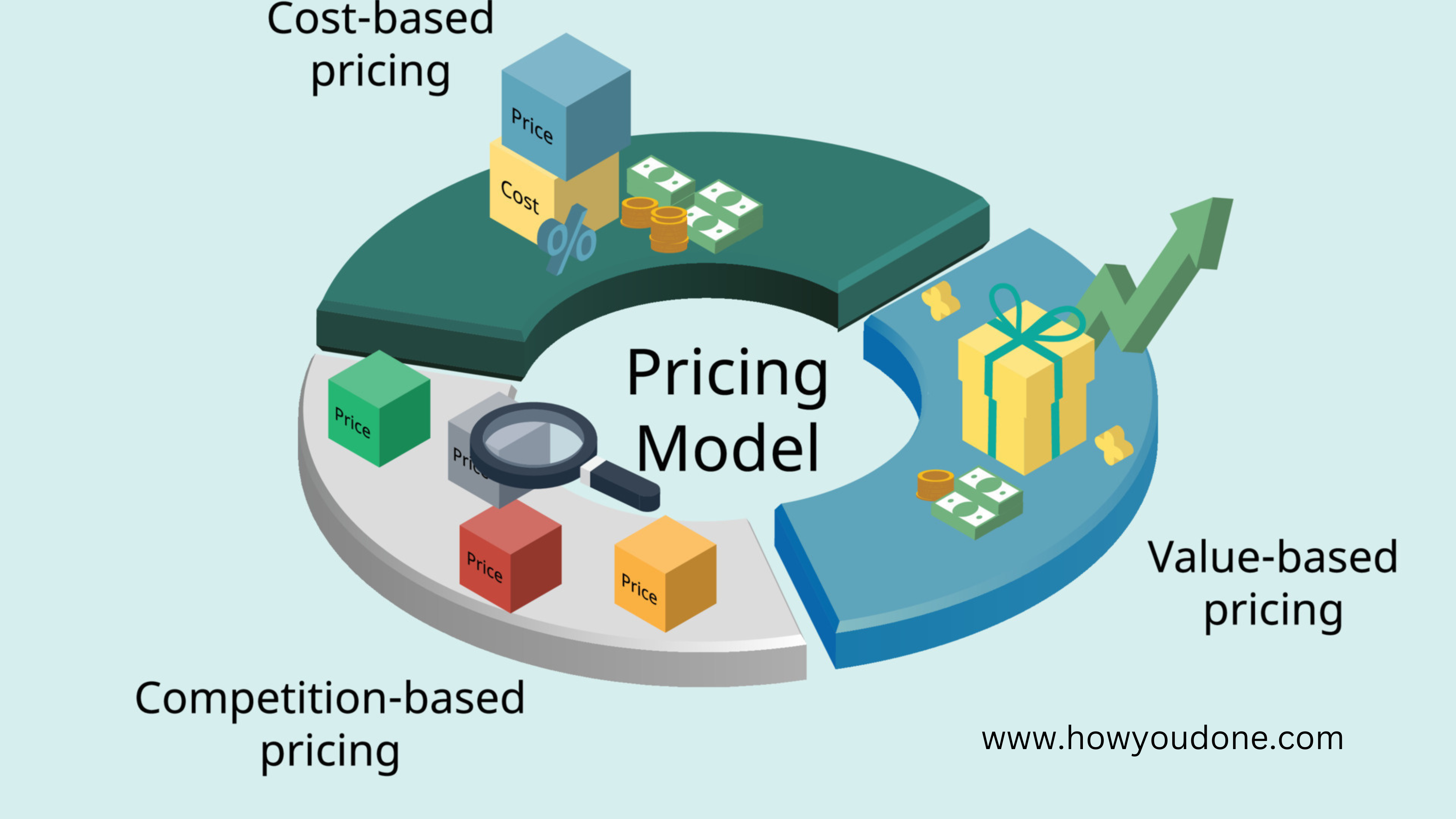
The fourth step to starting your freelancing business is to establish your pricing and payment methods. Pricing and payment are crucial aspects of your freelancing business that affect your income, cash flow, and profitability. You need to:
– Research industry rates
– Determine pricing strategies
– Set up secure and convenient payment methods
Researching Industry Rates
Industry rates are the average or standard rates that freelancers charge for their services in a specific industry or field. Researching industry rates can help you:
– Understand the market demand and supply
– Benchmark your skills and experience
– Set realistic and competitive rates
– Negotiate with clients
To research industry rates, you can:
– Use online tools and calculators, such as Bonsai, PayScale, or Glassdoor
– Browse freelancing platforms and websites to see what other freelancers are charging
– Ask other freelancers or industry experts for advice or feedback
– Conduct surveys or interviews with potential or existing clients
Determining Pricing Strategies

Pricing strategies are the methods or approaches that you use to set and adjust your rates. Determining pricing strategies can help you:
– Align your rates with your value and goals
– Differentiate yourself from the competition
– Increase your income and profitability
– Adapt to changing market conditions and client needs
Some examples of pricing strategies are:
– Hourly rate: You charge a fixed amount per hour of work
– Project-based rate: You charge a fixed amount per project or deliverable
– Value-based rate: You charge based on the value or outcome that you provide to the client
– Retainer rate: You charge a fixed amount per month or period for ongoing work or access
– Package rate: You charge a fixed amount for a bundle of services or products
To determine your pricing strategy, you need to consider:
– Your skills and expertise
– Your niche and market
– Your overhead and expenses
– Your income goals and expectations
– Your client’s budget and requirements
Setting Up Secure and Convenient Payment Methods
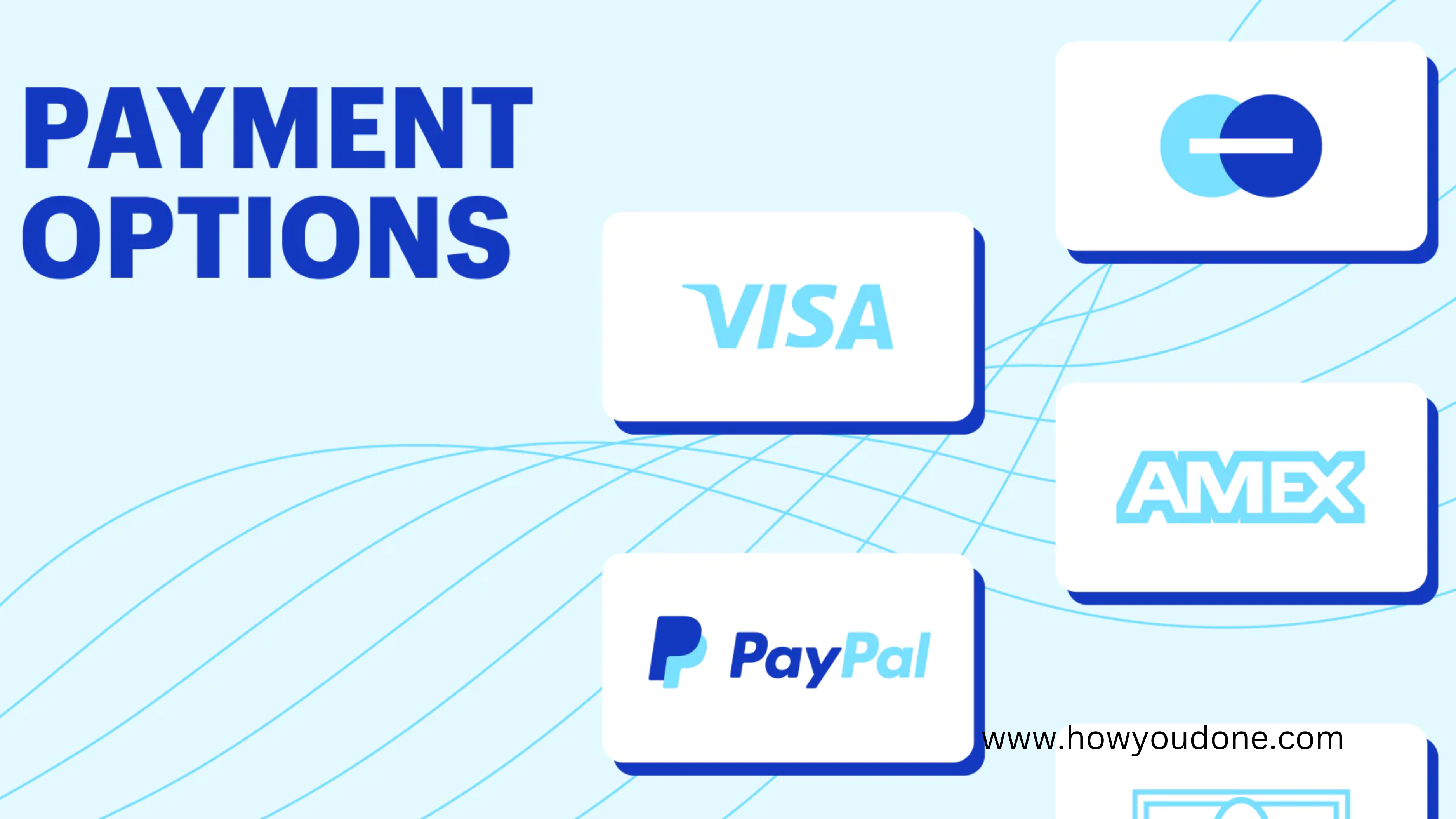
Payment methods are the ways or channels that you use to receive and send money. Setting up secure and convenient payment methods can help you:
– Ensure timely and hassle-free payments
– Minimize fees and risks
– Maximize convenience and flexibility
– Build trust and confidence
To set up secure and convenient payment methods, you need to:
– Choose a payment method that suits your needs and preferences
– Create an account or register with the payment service provider
– Verify your identity and bank details
– Set your payment terms and conditions
– Invoice your clients and request payments
Some examples of payment methods are:
– PayPal
– Stripe
– TransferWise
– Payoneer
– Bank transfer
Legal and Financial Considerations
The fifth step to starting your freelancing business is to understand the legal and financial considerations. Legal and financial considerations are the rules and regulations that govern your freelancing business and affect your rights, obligations, and liabilities. You need to:
– Register as a freelancer or sole proprietor
– Understand your tax obligations
– Keep accurate financial records
Forming a Freelance Business

Registering as a freelancer or sole proprietor is the process of declaring your freelancing business to the relevant authorities and obtaining the necessary licenses and permits.
– Comply with the law and avoid penalties
– Protect your personal assets and liability
– Access benefits and support
– Establish your credibility and reputation
To register as a freelancer or sole proprietor, you need to:
– Check the legal requirements and regulations in your country, state, or city
– Choose a business name and structure
– Register your business with the appropriate agency or department
– Obtain any licenses or permits that are required for your niche or industry
– Open a business bank account and separate your personal and business finances
Connecting while Comprehending Tax Responsibilities

Understanding your tax obligations is the process of calculating and paying the taxes that you owe to the government as a freelancer or sole proprietor.
– Comply with the law and avoid penalties
– Reduce your tax liability and maximize your deductions
– Plan and budget your income and expenses
– Manage your cash flow and profitability
To understand your tax obligations, you need to:
– Check the tax laws and rates in your country, state, or city
– Track and report your income and expenses
– Determine your taxable income and tax bracket
– Calculate and pay your taxes on time
– File your tax returns and forms
Financial Management and Networking

Keeping accurate financial records is the process of recording and organizing your financial transactions and documents.
– Monitor and analyze your financial performance and health
– Prepare and file your taxes and reports
– Manage your cash flow and profitability
– Make informed and strategic decisions
To keep accurate financial records, you need to:
– Use a bookkeeping or accounting system or software
– Create and maintain a chart of accounts
– Record and categorize your income and expenses
– Reconcile your bank statements and transactions
– Review and audit your financial statements and reports
Marketing and Networking

The sixth step to starting your freelancing business is to market and network yourself. Marketing and networking are the activities that you do to promote your freelancing business and build relationships with potential and existing clients and other freelancers. Marketing and networking can help you:
– Increase your exposure and reach
– Generate leads and inquiries
– Convert prospects into clients
– Retain and grow your client base
– Learn and grow from industry experts and peers
To market and network yourself, you need to:
– Utilize social media for promotion
– Join freelancing communities and forums
– Network with potential clients and other freelancers
Utilizing Social Media for Promotion

Social media is a powerful tool that you can use to promote your freelancing business and showcase your portfolio, bio, services, testimonials, and more. Social media can help you:
– Reach and engage with your target audience and market
– Share valuable and relevant content that showcases your expertise and value
– Build trust and credibility
– Drive traffic to your website or portfolio
To utilize social media for promotion, you need to:
– Choose the social media platforms that suit your niche and market
– Create and optimize your social media profiles
– Post consistently and frequently
– Use hashtags, keywords, and tags to increase your visibility and reach
– Interact and engage with your followers and potential clients
Some examples of social media platforms are:
– YouTube
Joining Freelancing Communities and Forums

Freelancing communities and forums are online groups and platforms that connect freelancers with each other and with clients. Freelancing communities and forums can help you:
– Learn and grow from industry experts and peers
– Find and apply for projects and opportunities
– Receive feedback and support
– Build relationships and networks
To join freelancing communities and forums, you need to:
– Choose the freelancing communities and forums that cater to your niche and market
– Create and optimize your profile and introduction
– Participate and contribute to the discussions and activities
– Follow the rules and etiquette of the community or forum
Some examples of freelancing communities and forums are:
– Quora
– Medium
– Stack Overflow
– Freelance Writers Den
Building Connections with Prospective Clients and Fellow Freelancers

Networking with potential clients and other freelancers is the process of establishing and maintaining professional relationships that can benefit your freelancing business.
– Find and attract new clients and referrals
– Collaborate and partner with other freelancers
– Expand your services or skillset
– Access resources and opportunities
To network with potential clients and other freelancers, you need to:
– Identify and research your target audience and network
– Reach out and introduce yourself
– Provide value and offer help
– Follow up and stay in touch
– Ask for referrals and recommendations
You can network with potential clients and other freelancers through various channels, such as:
– Phone
– Social media
– Events
– Conferences
Time Management and Productivity

The seventh step to starting your freelancing business is to manage your time and productivity. Time management and productivity are the skills and habits that you use to plan, organize, and execute your work efficiently and effectively.
– Meet your deadlines and deliver quality work
– Balance your work and personal life
– Reduce stress and burnout
– Increase your income and profitability
– Achieve your goals and grow your business
To manage your time and productivity, you need to:
– Create a work schedule
– Set realistic goals
– Utilize productivity tools and techniques
Planning Work Hours

Creating a work schedule is the process of allocating and arranging your time for your work activities and tasks.
– Prioritize and focus on your most important and urgent tasks
– Manage your workload and capacity
– Track and measure your progress and performance
– Maintain a consistent and professional work ethic
To create a work schedule, you need to:
– Define your work hours and availability
– Break down your projects and tasks into smaller and manageable units
– Estimate the time and resources required for each task
– Assign deadlines and milestones for each task
– Schedule your tasks according to your priorities and preferences
– Review and adjust your schedule as needed
Establishing Achievable Objectives
Setting realistic goals is the process of defining and pursuing your desired outcomes and results for your freelancing business.
– Clarify your vision and direction
– Motivate and inspire yourself
– Measure and evaluate your success and growth
– Celebrate and reward your achievements
To set realistic goals, you need to:
– Use the SMART framework to make your goals Specific, Measurable, Achievable, Relevant, and Time-bound
– Break down your long-term goals into short-term and medium-term goals
– Write down your goals and review them regularly
– Track and monitor your progress and performance
– Revise and update your goals as needed
Harnessing Efficiency Tools and Methods

Utilizing productivity tools and techniques is the process of using various tools and methods to enhance and optimize your work efficiency and effectiveness.
– Automate and streamline your work processes and tasks
– Organize and manage your work information and documents
– Communicate and collaborate with your clients and other freelancers
– Improve your work quality and creativity
To utilize productivity tools and techniques, you need to:
– Choose the productivity tools and techniques that suit your needs and preferences
– Learn and master the features and functions of the tools and techniques
– Integrate and sync the tools and techniques with your work systems and platforms
– Experiment and test different tools and techniques to find the best ones for you
Some examples of productivity tools and techniques are:
– Project management tools, such as Trello, Asana, or Basecamp
– Time tracking tools, such as Toggl, Harvest, or Clockify
– Invoicing and accounting tools, such as FreshBooks, Wave, or QuickBooks
– Communication and collaboration tools, such as Slack, Zoom, or Google Workspace
– Pomodoro technique, which is a method of breaking down your work into 25-minute intervals with short breaks in between
– Eisenhower matrix, which is a method of prioritizing your tasks based on their importance and urgency
Handling Client Relationships
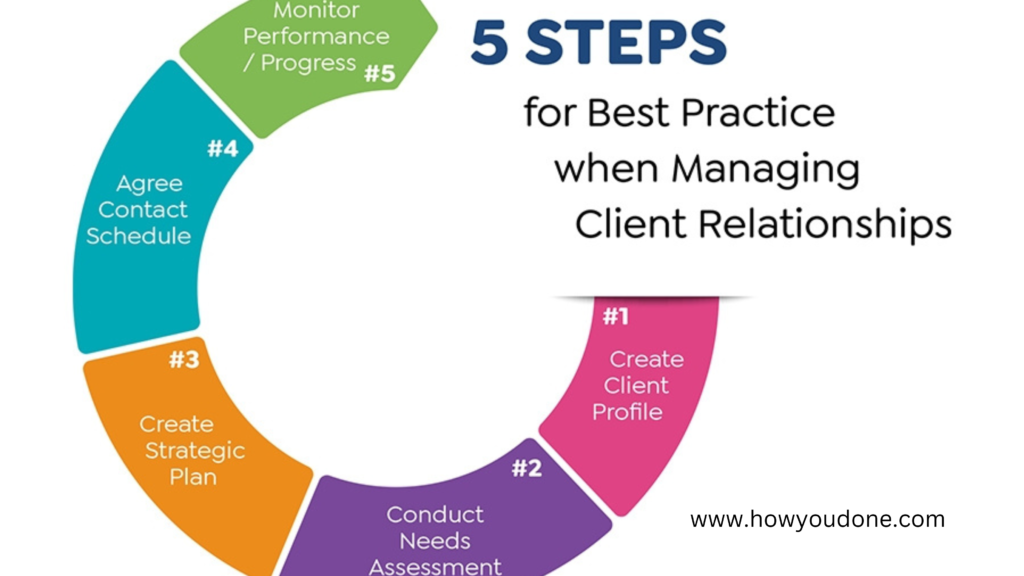
The eighth step to starting your freelancing business is to handle your client relationships. Client relationships are the interactions and connections that you have with your clients throughout the project lifecycle. Handling client relationships can help you:
– Understand and meet your client’s needs and expectations
– Deliver quality work and satisfaction
– Build trust and loyalty
– Receive feedback and testimonials
– Retain and grow your client base
To handle your client relationships, you need to:
– Use effective communication strategies
– Set clear expectations
– Manage feedback and revisions
Employing Successful Communication Techniques
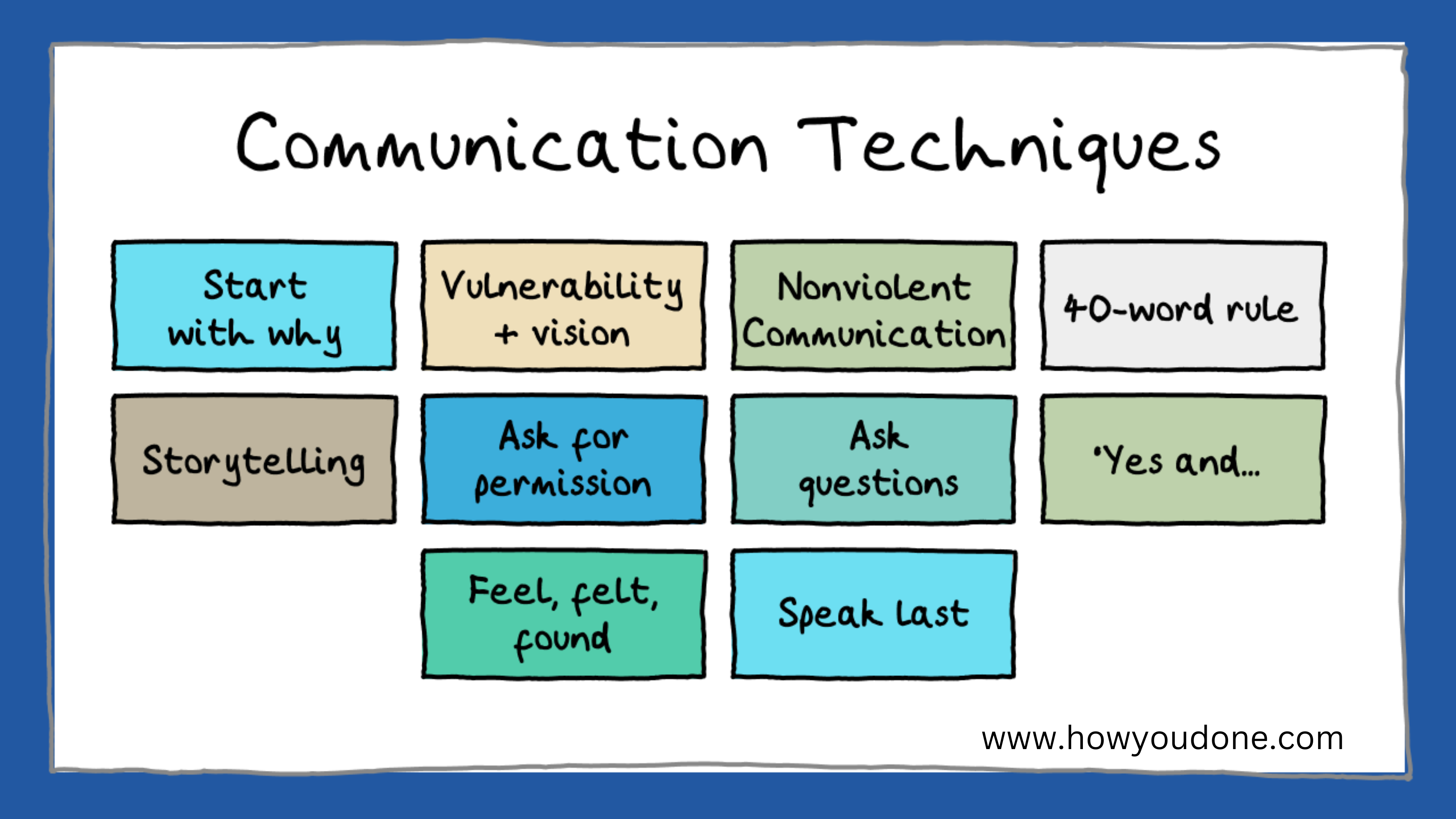
Using effective communication strategies is the process of exchanging information and messages with your clients in a clear, concise, and courteous manner.
– Establish rapport and rapport
– Clarify and confirm your client’s requirements and goals
– Update and inform your client about your progress and status
– Resolve issues and conflicts
– Express appreciation and gratitude
To use effective communication strategies, you need to:
– Choose the appropriate communication channel and medium
– Use a professional and friendly tone and language
– Listen and respond actively and attentively
– Ask open-ended and clarifying questions
– Provide constructive and positive feedback
Some examples of communication channels and mediums are:
– Phone
– Video call
– Chat
– In-person meeting
Setting Clear Expectations
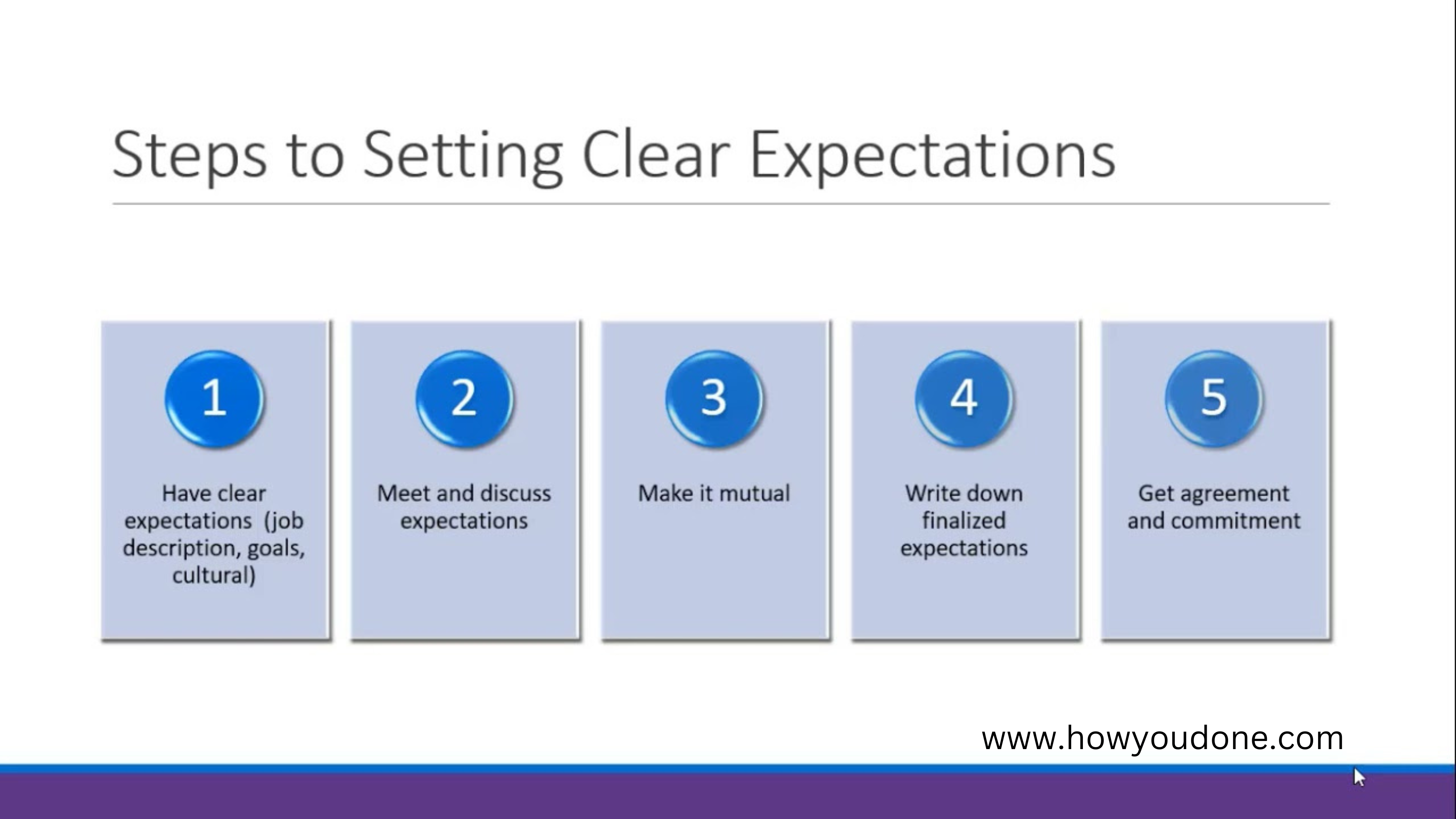
Establishing clear expectations is the process of defining and agreeing on the scope, deliverables, timeline, and budget of the project with your client.
– Avoid misunderstandings and conflicts
– Manage your client’s expectations and satisfaction
– Deliver quality work and results
– Protect your rights and interests
– Build trust and credibility
To set clear expectations, you need to:
– Understand your client’s needs and goals
– Communicate your skills and value proposition
– Negotiate and finalize the project terms and conditions
– Create and sign a contract or agreement
– Review and confirm the project details and expectations
Managing Feedback and Revisions

Supervising feedback and revisions is the process of receiving and implementing your client’s comments and suggestions on your work.
– Improve your work quality and creativity
– Meet your client’s needs and expectations
– Deliver quality work and results
– Build trust and loyalty
– Learn and grow from your client’s perspective and experience
To manage feedback and revisions, you need to:
– Request and encourage feedback from your client
– Receive and acknowledge feedback with gratitude and respect
– Analyze and evaluate feedback objectively and constructively
– Implement feedback and revisions accordingly and promptly
– Follow up and confirm feedback and revisions with your client
Scaling and Growing the Freelancing Business

The ninth step to starting your freelancing business is to scale and grow your business. Scaling and growing your business is the process of increasing your income, impact, and influence as a freelancer. Scaling and growing your business can help you:
– Achieve your financial and personal goals
– Expand your client base and network
– Diversify your income streams and sources
– Enhance your skills and expertise
– Increase your satisfaction and fulfillment
To scale and grow your business, you need to:
– Identify opportunities for growth
– Hire additional help or outsource
– Expand your services or skillset
Identifying Opportunities for Growth

Recognizing opportunities for growth is the process of finding and pursuing new or existing ways to increase your income, impact, and influence as a freelancer.
– Explore and experiment with different niches, markets, and platforms
– Leverage your existing clients and network for referrals and testimonials
– Create and sell your own products or services
– Teach and mentor other freelancers or aspiring freelancers
To identify opportunities for growth, you need to:
– Analyze your current situation and performance
– Research and evaluate the market demand and supply
– Set and prioritize your growth goals and objectives
– Plan and execute your growth strategies and actions
Hiring Additional Help or Outsourcing

Recruiting additional help or outsourcing is the process of delegating or transferring some of your work tasks or responsibilities to other freelancers or professionals.
– Save time and energy
– Focus on your core competencies and strengths
– Increase your capacity and quality
– Reduce your stress and workload
– Collaborate and learn from other freelancers or professionals
To hire additional help or outsource, you need to:
– Identify and list the tasks or responsibilities that you want to delegate or transfer
– Find and vet the freelancers or professionals that can do the tasks or responsibilities
– Communicate and negotiate the terms and conditions of the collaboration or partnership
– Manage and monitor the progress and performance of the freelancers or professionals
– Provide feedback and appreciation to the freelancers or professionals
Expanding Your Services or Skillset

Growing your services or skillset can help you:
– Increase your value and differentiation
– Attract and retain more clients
– Charge higher rates
– Adapt to changing market needs and trends
– Improve your work quality and creativity
To expand your services or skillset, you need to:
– Identify and list the services or skills that you want to add or improve
– Find and enroll in courses, programs, or workshops that can teach you the services or skills
– Practice and apply the services or skills to your work projects or tasks
– Showcase and market your new or improved services or skills to your clients and network
– Seek and receive feedback and improvement suggestions on your new or improved services or skills
Overcoming Challenges and Pitfalls

The tenth step to starting your freelancing business is to overcome the challenges and pitfalls that you may face as a freelancer. Challenges and pitfalls are the difficulties and risks that may hinder or harm your freelancing business and success. Overcoming challenges and pitfalls can help you:
– Prevent or minimize potential losses or damages
– Resolve or cope with existing problems or issues
– Learn and grow from your mistakes or failures
– Strengthen your resilience and confidence
– Achieve your goals and grow your business
To overcome challenges and pitfalls, you need to:
– Deal with unpredictable income
– Handle difficult clients
– Adapt to changes in the freelancing landscape
Dealing with Unpredictable Income

Handling with unpredictable income is the process of managing and coping with the fluctuations and uncertainties of your income as a freelancer. Dealing with unpredictable income can help you:
– Maintain your financial stability and security
– Plan and budget your income and expenses
– Save and invest your money
– Prepare for emergencies and contingencies
To deal with unpredictable income, you need to:
– Track and record your income and expenses
– Create and follow a realistic and flexible budget
– Set aside a percentage of your income for taxes, savings, and investments
– Diversify your income streams and sources
– Build an emergency fund and insurance
Handling Difficult Clients

Handling difficult clients is the process of dealing and working with clients who are unreasonable, demanding, or problematic. Managing difficult clients can help you:
– Avoid or reduce conflicts and disputes
– Maintain your professionalism and reputation
– Deliver quality work and satisfaction
– Protect your rights and interests
– Build trust and loyalty
To handle difficult clients, you need to:
– Identify and understand the root cause and nature of the difficulty
– Communicate and negotiate with the client calmly and respectfully
– Set and enforce clear boundaries and expectations
– Seek and offer solutions and alternatives
– Know when to say no or end the relationship
Adapting to Changes in the Freelancing Landscape

Adjusting to changes in the freelancing landscape is the process of adjusting and responding to the changes and trends that affect the freelancing industry and market. Adapting to changes in the freelancing landscape can help you:
– Stay relevant and competitive
– Seize new opportunities and challenges
– Innovate and improve your services or skills
– Satisfy and exceed your client’s needs and expectations
– Grow and thrive as a freelancer
To adapt to changes in the freelancing landscape, you need to:
– Monitor and analyze the changes and trends in your niche and market
– Evaluate and update your services or skills accordingly
– Experiment and test new ideas and methods
– Learn and adopt best practices and standards
– Seek and embrace feedback and change
Conclusion
Congratulations! You have reached the end of this guide on how to start your freelancing business. You have learned the essential steps and tips to help you succeed as a freelancer, such as:
– Assessing your skills and niches
– Building a portfolio
– Setting up an online presence
– Establishing pricing and payment methods
– Understanding legal and financial considerations
– Marketing and networking yourself
– Managing your time and productivity
– Handling client relationships
– Scaling and growing your business
– Overcoming challenges and pitfalls
Starting your freelancing business may seem daunting and overwhelming, but it is also exciting and rewarding. You have the opportunity to work on projects that you love, set your own schedule and rates, and create your own lifestyle and career.
As a new freelancer, you may face some difficulties and uncertainties, but you can also overcome them with perseverance and determination. You can also learn and grow from your experiences and mistakes, and seek help and support from other freelancers and professionals.
Remember, you are not alone in your freelancing journey. You have a community of freelancers who are willing to share their insights and advice, and a network of clients who are looking for your services and skills.
We hope this guide has inspired and empowered you to start your freelancing business. We wish you all the best and look forward to seeing your success and growth as a freelancer.





